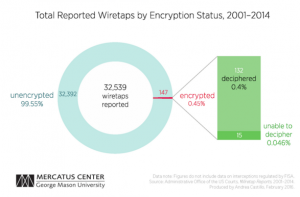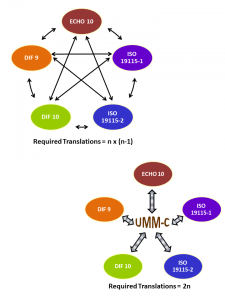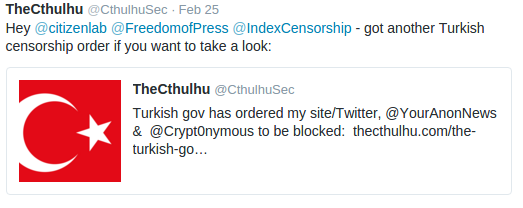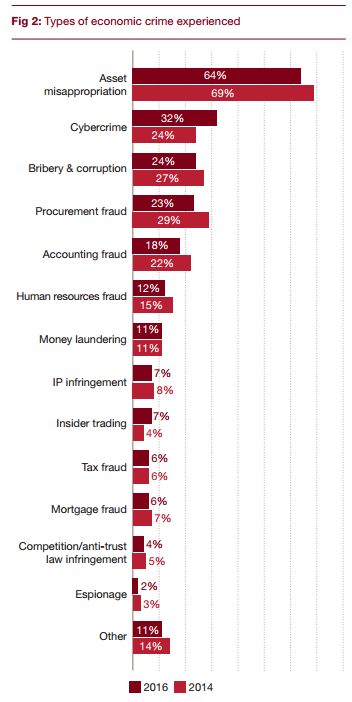The Neural Network That Remembers by Zachary C. Lipton & Charles Elkan.
From the post:
“On tap at the brewpub. A nice dark red color with a nice head that left a lot of lace on the glass. Aroma is of raspberries and chocolate. Not much depth to speak of despite consisting of raspberries. The bourbon is pretty subtle as well. I really don’t know that find a flavor this beer tastes like. I would prefer a little more carbonization to come through. It’s pretty drinkable, but I wouldn’t mind if this beer was available.”
Besides the overpowering bouquet of raspberries in this guy’s beer, this review is remarkable for another reason. It was produced by a computer program instructed to hallucinate a review for a “fruit/vegetable beer.” Using a powerful artificial-intelligence tool called a recurrent neural network, the software that produced this passage isn’t even programmed to know what words are, much less to obey the rules of English syntax. Yet, by mining the patterns in reviews from the barflies at BeerAdvocate.com, the program learns how to generate similarly coherent (or incoherent) reviews.
The neural network learns proper nouns like “Coors Light” and beer jargon like “lacing” and “snifter.” It learns to spell and to misspell, and to ramble just the right amount. Most important, the neural network generates reviews that are contextually relevant. For example, you can say, “Give me a 5-star review of a Russian imperial stout,” and the software will oblige. It knows to describe India pale ales as “hoppy,” stouts as “chocolatey,” and American lagers as “watery.” The neural network also learns more colorful words for lagers that we can’t put in print.
This particular neural network can also run in reverse, taking any review and recognizing the sentiment (star rating) and subject (type of beer). This work, done by one of us (Lipton) in collaboration with his colleagues Sharad Vikram and Julian McAuley at the University of California, San Diego, is part of a growing body of research demonstrating the language-processing capabilities of recurrent networks. Other related feats include captioning images, translating foreign languages, and even answering e-mail messages. It might make you wonder whether computers are finally able to think.
…
(emphasis in original)
An enthusiastic introduction and projection of the future of recurrent neural networks! Quite a bit so.
My immediate thought was what a time saver a recurrent neural network would be for “evaluation” requests that appear in my inbox with alarming regularity.
What about a service that accepts forwarded emails and generates a review for the book, seller, hotel, travel, etc., which is returned to you for cut-n-paste?
That would be about as “intelligent” as the amount of attention most of us devote to such requests.
You could set the service to mimic highly followed reviewers so over time you would move up the ranks of reviewers.
I mention Amazon, hotel, travel reviews but those are just low-lying fruit. You could do journal book reviews with a different data set.
Near the end of the post the authors write:
…
In this sense, the computer-science community is evaluating recurrent neural networks via a kind of Turing test. We try to teach a computer to act intelligently by training it to imitate what people produce when faced with the same task. Then we evaluate our thinking machine by seeing whether a human judge can distinguish between its output and what a human being might come up with.
While the very fact that we’ve come this far is exciting, this approach may have some fundamental limitations. For instance, it’s unclear how such a system could ever outstrip the capabilities of the people who provide the training data. Teaching a machine to learn through imitation might never produce more intelligence than was present collectively in those people.
One promising way forward might be an approach called reinforcement learning. Here, the computer explores the possible actions it can take, guided only by some sort of reward signal. Recently, researchers at Google DeepMind combined reinforcement learning with feed-forward neural networks to create a system that can beat human players at 31 different video games. The system never got to imitate human gamers. Instead it learned to play games by trial and error, using its score in the video game as a reward signal.
…
Instead of asking whether computers can think, the more provocative question is “whether people think for a large range of daily activities?”
Consider it as the Human Intelligence Test (HIT).
How much “intelligence” does it take to win a video game?
Eye/hand coordination to be sure, attention, but what “intelligence” is involved?
Computers may “eclipse” human beings at non-intelligent activities, as a shovel “eclipses” our ability to dig with our bare hands.
But I’m not overly concerned.
Are you?















